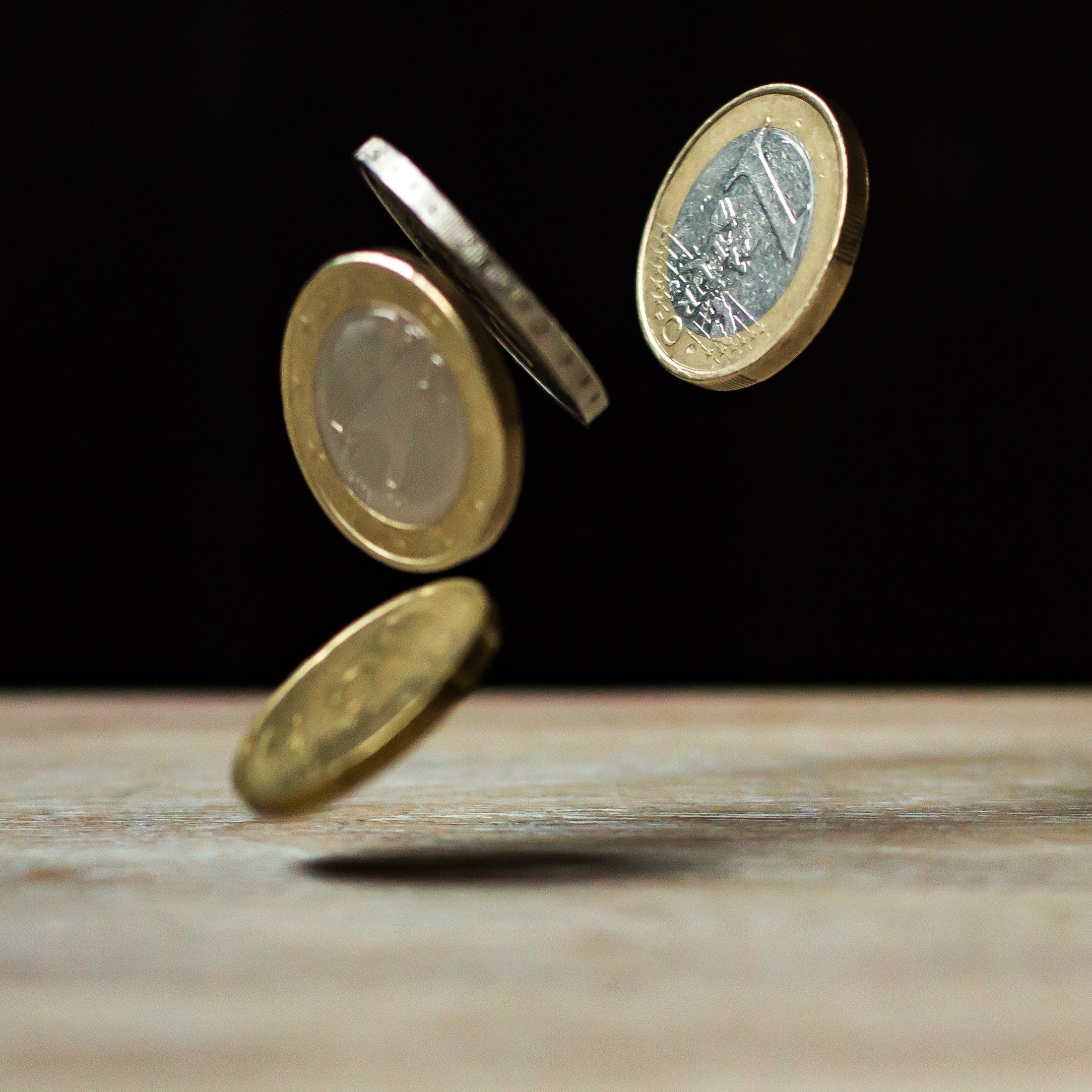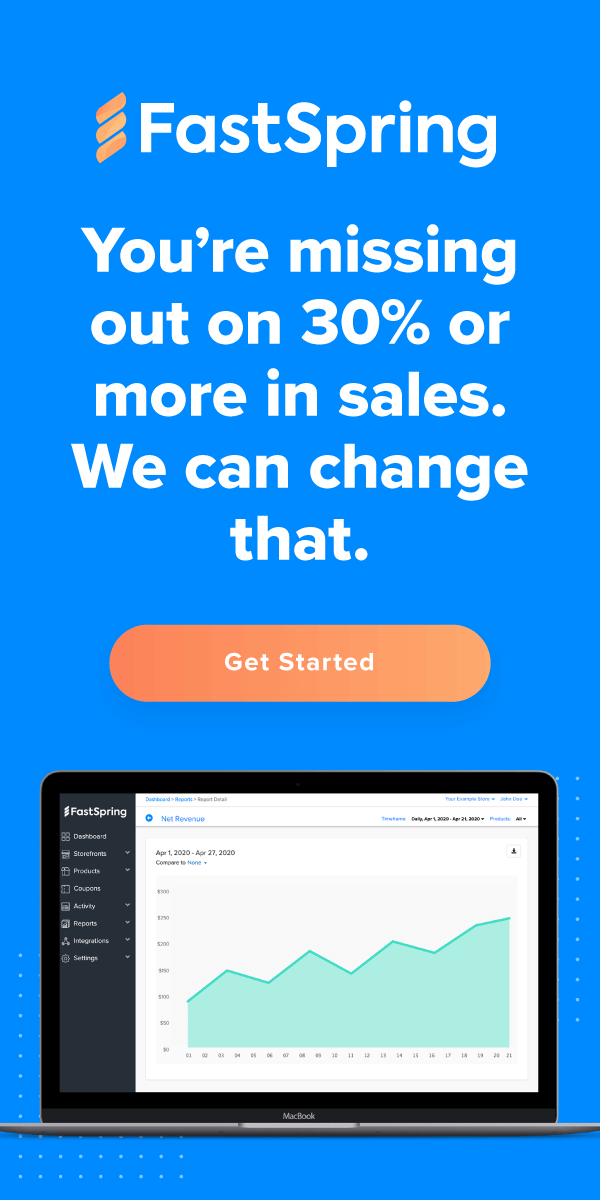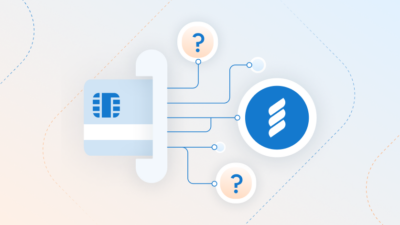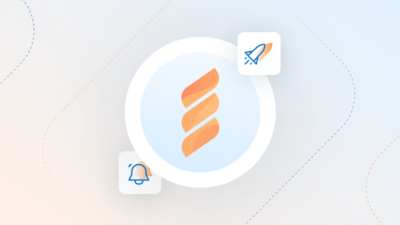Nothing in business is free, right?
That’s especially true when we talk about acquiring customers. For SaaS companies, it costs a lot of money to fill pipelines with potential customers. So when prospects finally become customers, the reality is the company has lost money on them.
It’s the classic adage of you’ve got to spend money to make money.
But here’s the catch for SaaS companies. If the customer doesn’t stay with the company long enough to at least break even on acquisition costs, it can sink the business. It’s this period, the Customer Acquisition Cost (CAC) Payback Period, that companies need to keep an eye on to maintain profitability.
In this guide, we’re going to look at:
- CAC Payback Period: Why It’s Important For Your SaaS
- How to Calculate Your CAC Payback Period
- How to Reduce Your CAC Payback Period
Let’s dive in.
CAC Payback Period: Why It’s Important for Your SaaS
The CAC Payback Period is the number of months it takes for your company to earn back what was spent on acquiring your customers. Think of it as your break-even point and a great indicator of how much cash the company needs to continue growing…profitably.
When it comes to payback periods, the shorter they are, the more profitable your business is.
A short payback period can offer up your business two golden tickets:
- Smaller working capital needs
- Faster growth
For SaaS companies, depending on your marketing strategy, a lot of money is spent upfront to acquire a customer in the hope that you’ll regain that money (and then a profit afterward) when the customer stays with you.

Over time, your company recoups its CAC from a customer and eventually moves into profitable territory. The moment the customer becomes profitable, you’re able to calculate how long it took, and realize your CAC Payback Period. Image Source
And therein lies the problem. If your CAC Payback Period is six months, but all your customers are churning after two, it’s safe to say your business isn’t going to survive long.
Understanding what your CAC Payback Period is will not only help you determine how much cash flow you need, but it can also highlight problems in your marketing and retention strategies.
For example, if your customers aren’t churning, but your CAC Payback Period is 24 months, you may want to look at trying to lower your CAC. On the flip side, if your CAC Payback Period is relatively short, but your customer churn is high, your SaaS needs to look at improving retention instead.
SaaS Industry Benchmarks for CAC Payback Periods
It’s important not to compare your SaaS to others, but the general benchmark for startups to recover the costs of capturing a customer is 12 months or less.
For high performing SaaS companies, a payback period of 5-7 months is typical. And larger enterprises that are well established can generally afford to have longer payback periods, as they have more capital and having it tied up in CAC isn’t a make or break situation.
But achieving a shorter CAC Payback Period is especially hard for SaaS startups. Open View Partner David Skok says many startups require 15 to 18 months to recoup the acquisition costs on a new customer, which puts an enormous strain on capital.
His advice?
“Unless your investors are willing to keep pumping in cash, focus on keeping your CAC low enough to be recovered in a year.”

The CAC Payback Period in a Typical SaaS Scenario
Let’s look at this example of an (imaginary) SaaS company by Redpoint Venture Capitalist, Tom Tunguz.
Tunguz looks at a hypothetical SaaS company making $625k in Annual Recurring Revenue (ARR), and it’s growing at 15% a month. The SaaS company has 25 customers, who are paying $25,000 each on a monthly subscription, and the company running with an 80% gross margin. Sounds great. But what about their CAC Payback Period? Here’s a hypothetical look at different CAC Payback scenarios:

Now, we’re starting to see how the CAC Payback Period can impact a company’s cash flow and its growth.
Tunguz says if the company can manage a six-month payback from its customers, it will only need $2.6M of working capital to keep its growth rate. However, if the SaaS can only achieve a 12 month payback period, $7.8M of the company’s cash will be tied up in customer acquisition costs.
By cutting the CAC Payback Period to 6 months, the SaaS essentially frees up $5.2M to put towards other company costs like marketing, expansion, and product features. With the shorter payback period, the company can achieve a 20% growth rate instead of 15%:

A lower CAC Payback Period equals more free cash, which can lead to a more significant impact on company growth. It’s that simple.
CAC Payback Period: How to Calculate It
Now we know the importance of a payback period, let’s look into how to calculate it.
This is the simplest way to calculate your CAC Payback Period:

Take your CAC, and divide them by your Monthly Recurring Revenue (MRR), minus your Average Cost of Service (ACS). It’s important to note that there are two metrics that will likely impact how long your CAC Payback Period:
- Your customer acquisition costs (CAC) When it comes to recouping your CAC, you’re hedging your bets that your customer is going to stay with you until they pay back at least how much they cost to acquire. With SaaS, it’s important to remember that your CAC is essentially a debt. If you don’t at least break even, your company will lose money with every customer.
- How you monetize your customers Are your customers paying pack their CAC each month, quarter or year? This will all depend on how you monetize your customers. If you charge them on a flat rate every month, that’s one thing. But if you create a plan that charges them more as they scale, you can decrease their CAC Payback Period at the same time. Remember that the payment plans you offer your customers can influence the length of your CAC Payback Period dramatically.
Let’s use an example. It costs you $1000 to acquire a new customer for your SaaS, and you acquire them on a $100/month subscription fee. Out of that fee, your SaaS is making a 40% margin, or $40.
If this is the case, your CAC Payback Period will be 25 months ($1000 / $40 = 25).
Now, let’s say after a month, you upsell your customer to a higher-level subscription service that charges them $200/month instead, with the same margin of 40%. After the upsell, the CAC Payback Period is reduced to just 12 months.
Easy enough to understand, right? But here are two factors that consistently trip companies up when they’re looking at their CAC Payback Period:
- They forget that the payback metric is not a return metric, but a risk metric
- They fail to interpret the impact of annual or multi-year contracts
How to Reduce Your CAC Payback Period
The sooner you pay back your CAC debt, the sooner you’ll have a profitable customer adding to your company’s bottom line.
Here are four ways your SaaS company can reduce its CAC Payback Period.
1. Always Look for Ways to Monetize Your Customers
This one seems like a no-brainer. But always looking for ways to monetize your customers is one of the best ways to reduce your CAC Payback Period.
Look to increase your revenue through up-sells and cross-sells. Try offering a “scale as you grow” solution, like email marketing company MailChimp. Their pricing strategy is marketed as “flexible plans that grow with you”.

Their plans start at $10/Month, but the price the customer pays also depends on the number of contacts on their email list. As their email list grows, so does Mailchimp’s monthly revenue from that customer. Genius!
2. Increase Your Sales Funnel Conversion Rates
How well is your funnel converting prospects into customers?
Increasing your conversions can have a massive impact on your CAC Payback Period. For example, let’s say your company is closing 100 prospects a month for $100 each. Now, with the same marketing spend but an optimized funnel, you close 120 prospects a month for the same price.
You’ve immediately added $2000 to your company, and lowered your CAC Payback Period because the cost to acquire the customers was the same… you just converted more of them.
Pro-tip: Ramping up your email marketing is a great way to boost your conversion rates. Check out this guide on How to Create the Perfect Email Marketing Funnel for Digital Subscriptions.
3. Check Your Marketing Costs
Even if your conversion numbers are high, marketing spend can still have a massive impact on how short your CAC Payback Period works out to be.
Your SaaS might be trying all types of paid marketing like social media campaigns, email marketing, and Pay-Per-Click (PPC) advertising. Take a look at where your marketing budget is going, and what channels are converting more than others.
For example, if your company is using social media to convert customers, try implementing some smarter retargeting campaigns to optimize your marketing spend. You can use retargeting to connect with prospects that are already in your funnel, like free trial users. Or, you can use it to nurture your current customers, so it’s easier to up-sell to them.
You don’t have to add more money to your marketing budget to convert more customers; you just have to be smarter with your cash.
4. Optimize Your Customer Touchpoints
How many customer touchpoints are your prospects touching before they convert into customers?
A touchpoint is any time a prospect comes in contact with your company at any stage of the buying journey. And those touchpoints add up. The problem with this is each touchpoint costs money. And some touchpoints convert better than others.
With touchpoints, sometimes… less is more. Look at what touchpoints are draining your cash flow, and what ones are actually converting prospects into paying customers. Cutting out touchpoints that aren’t adding any revenue can have a significant impact on your CAC Payback Period.
Wrapping Up
When a prospect becomes a customer, it doesn’t mean that you’re making money off them. A CAC Payback Period can make or break a company’s success. If a company’s customers never payback in revenue what they cost to bring on board, there is no chance a company will ever become profitable.
Instead, it will forever be trying to pay back its CAC debts.
That’s why SaaS companies must take a step back and calculate all of the costs involved in bringing new customers onboard. Then, calculating how long they need to keep them to break even. Only when a company has this information and starts working towards improving its CAC Payback Period, can they begin to reap the rewards of their customer profits.
![[Customer Story] Why TestDome Considers FastSpring a Real Partner](https://fastspring.com/wp-content/themes/fastspring-bamboo/images/promotional/2023/FastSpring-TestDome-blog-thumbnail.jpg)








